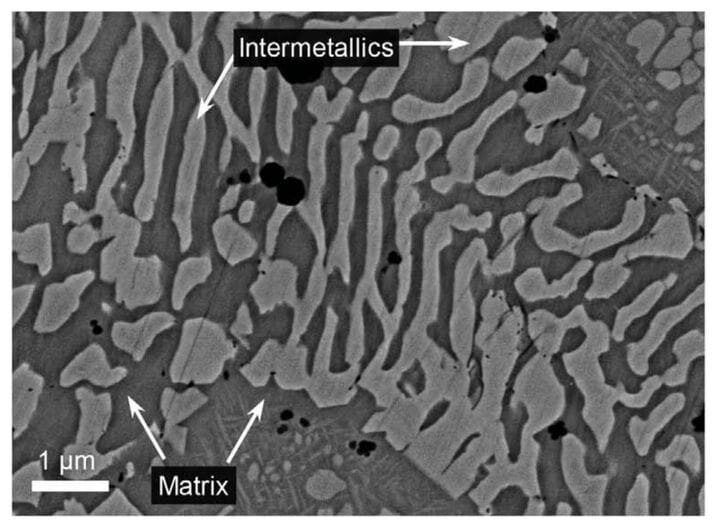![Scanning electron microscope view of a 3D printed cooling element [Source: AAAS]](https://fabbaloo.com/wp-content/uploads/2020/05/image-asset_img_5eb08cc45e0ae.jpg)
Researchers have developed a unique method of 3D printing highly efficient solid state cooling components.
Cooling is one of the major consumers of energy throughout our world, and any method of making it more efficient will certainly be welcomed. There are currently only two major approaches for cooling.
Vapor Compression Cooling
One is the very familiar vapor compression technology that is certainly found in your fridge. This is a technology that’s quite old, having first been implemented in 1834 by Jacob Perkins! Since that time the technology has been gradually improved, but at this point it is unlikely it could yield further efficiencies due to the maturity of the process.
Solid State Cooling
The other method of cooling is solid state, which is comprised of several approaches, including thermoelectric, radiative and caloric. That last method is of interest here.
The caloric techniques could in theory be much more efficient than vapor compression, but current methods don’t work. They explain:
“However, hysteresis in the properties is caloric materials’ Achilles heel because hysteresis represents work lost in every heat-pumping cycle as dissipated heat.
Hysteresis also ultimately leads to material fatigue and failure. Although the long-term fatigue properties are critical for developing applications for caloric materials, evaluating these properties over a large number of cycles is not common.”
3D Printed Cooling Elements
To counteract this effect, the researchers designed a 3D printable concept that dramatically reduced hysteresis.
They were able to 3D print the necessary microstructures using a powder bed / laser system in a nickel-titanium alloy. The resulting cooling mechanism was able to withstand a million cycles, potentially making this a practical approach.
Should this technology be successfully commercialized, we could see not only simplified and longer-lasting cooling mechanisms in our homes and appliances, but also a corresponding reduction in energy use.
Via AAAS

